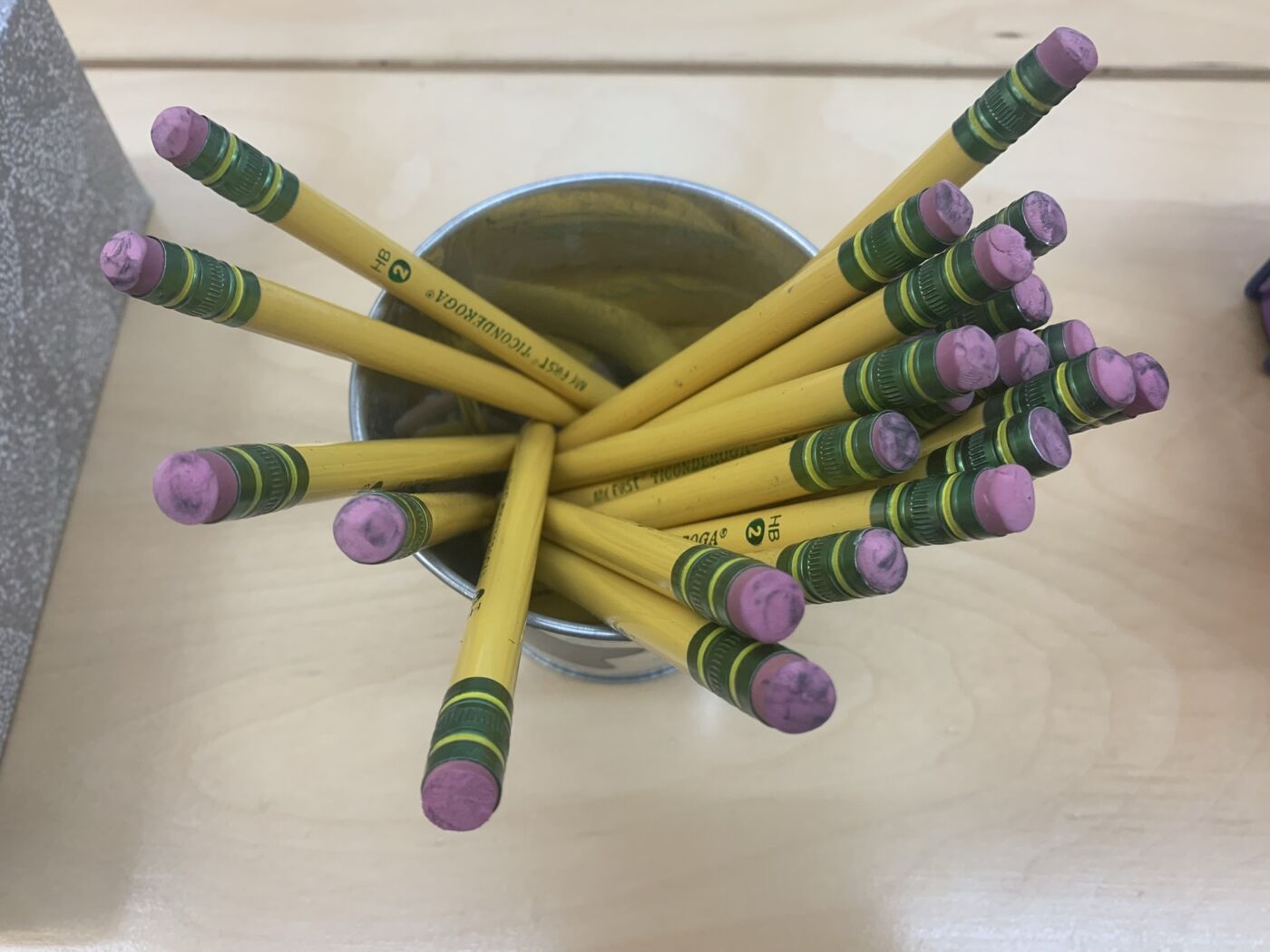This may seem so basic, but it is the most important thing you can do to start the year. Not only is it important to ensure you are aware of all students with IEP minutes or 504 plans, be sure to check the type of service each student receives (direct, consult, push-in, pull-out). This information will be essential when building your schedule. Additionally, take some time to confirm accommodations or assistive tech supports listed in the IEP so you can support those as needed.
2. Connect with teachers and staff.
The most important aspects of being a school-based therapist are building relationships and communication. Take the time to connect with the staff you will be working with this year. I know it is hard, especially in the first days, as teachers are often juggling a million things in between required meetings in order to prepare for students to arrive. However, any connection will go a long way. Stop in to introduce yourself, offer to help if you can – these simple actions show that you are a team player and can build rapport and trust.
If you are lucky enough to have a therapy space, the first few days of school are a good time to get things in order. Check to ensure equipment is in good working order. Refresh commonly used items like markers, crayons, playdoh, etc. Establish an equipment management system for items that may be loaned out to classrooms. Make copies of frequently used paper activities. If you do not have a specific therapy space, take some time to put together a bag of items you use the most that is easily portable. Check out this post for some ideas!
4. Block time to spend in the classroom.
I am a big supporter of the push-in therapy model throughout the year, but it may not be the best fit for every student or classroom. However, I strongly encourage you to try to block some time in the first week or so of the school year to spend time in the classroom. You will get a sense of how things are going in the natural classroom environment. You can continue to build rapport with your team by being available to support students during those first few days of learning routines and expectations. It is a win for everyone!
5. Reach out to families.
I think it is so important to support the home-school connection. Take some time to connect with parents at the beginning of the year to introduce yourself and share contact information. Share how you communicate progress in therapy so parents know what to expect. Is it through the quarterly updates, a separate therapy newsletter or update, monthly emails or notes home? I highly recommend collaborating with the teacher if possible to streamline communication. Does the classroom already have a daily activity report or a weekly newsletter? If so, ask to be a part of that if appropriate – it may not be the best place to communicate student specific information, but it could be a great place to share general information on therapy activities. If your school uses a platform such as SeeSaw or Google Classroom to communicate and share information, it could be helpful to join that too.
This content was originally published here.
